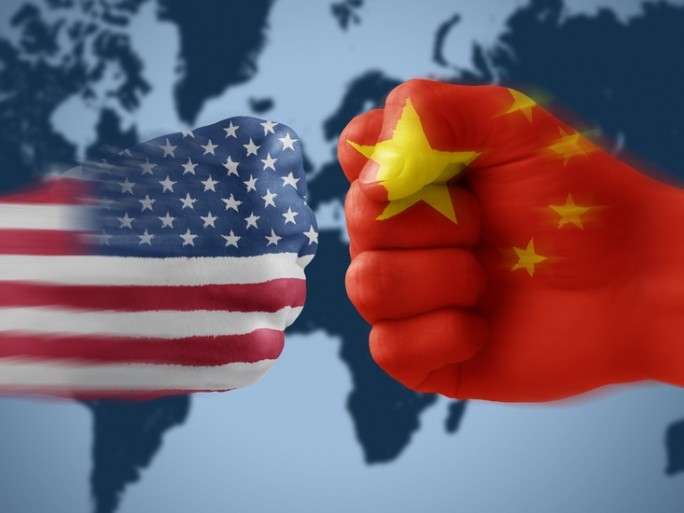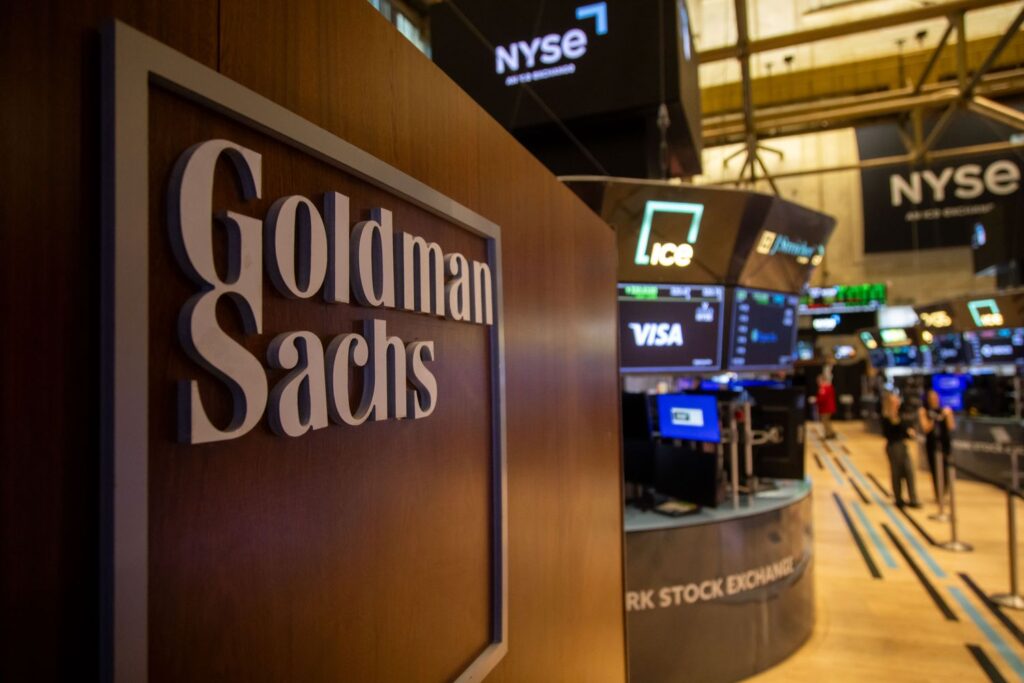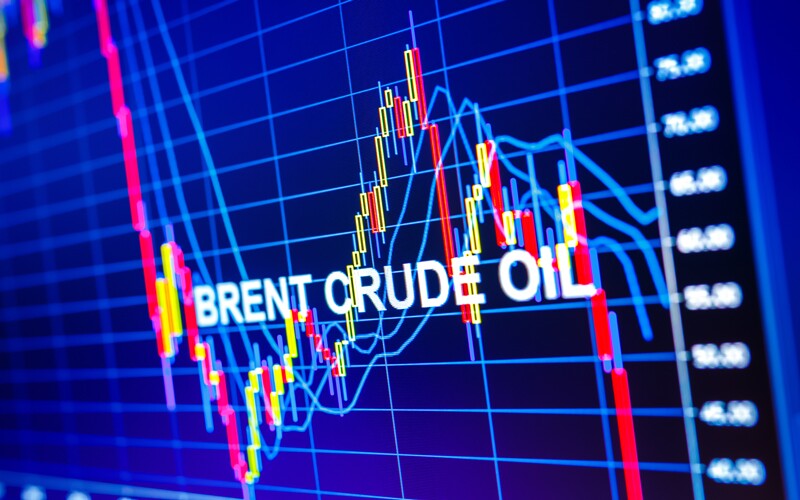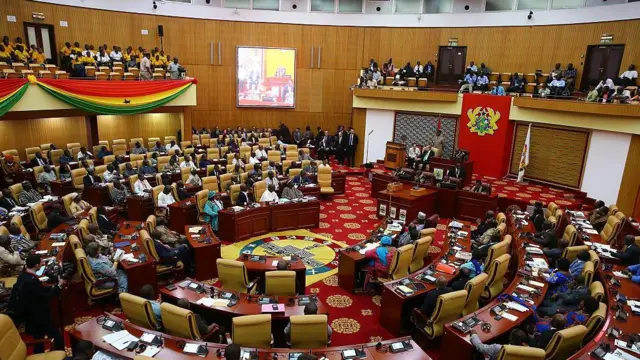Oil prices bounced back on Monday after plunging to five-month lows in the previous session, as investors grew optimistic that potential talks between the presidents of the United States and China could ease escalating trade tensions between the world’s two largest economies — and biggest oil consumers.
At the time of reporting, Brent crude futures climbed 1.47% to $63.65 per barrel, recovering from Friday’s steep 3.82% drop, which took it to its lowest level since May 7. Similarly, U.S. West Texas Intermediate (WTI) rose 1.51% to $59.79 per barrel, rebounding from a 4.24% decline that also marked a five-month low.
Market analysts attributed the price rebound to short-term optimism and profit-taking following weeks of persistent losses.
Speculative Rebound

Independent energy analyst Tina Teng said the rally was largely speculative, driven by traders’ expectations that recent U.S.-China tensions might cool in the coming days.
“The rebound in oil markets has likely been caused by profit-taking as traders bet on the so-called ‘TACO’ trade after Trump and Vice President JD Vance signalled that the newly announced tariffs were more of a negotiation tool, and they were open to making a deal with China.”
Independent energy analyst Tina Teng
Teng referenced the tongue-in-cheek rule among traders that “Trump always chickens out.”
However, Teng warned that the volatility was far from over. “(Price) volatilities are expected. I do not expect oil or any other risk assets to reverse the losses so soon,” she added.
The latest fluctuations come amid renewed uncertainty over global trade relations after a sharp escalation last week. China expanded its rare earth export controls, tightening restrictions on critical materials vital to electronics and clean energy manufacturing.

In response, U.S. President Donald Trump announced a new wave of 100% tariffs on Chinese exports to the United States and pledged to impose additional export restrictions on “any and all critical software” by November 1.
The tit-for-tat measures rattled global markets, sending commodity prices and equities downward last week. But Monday’s rebound reflected cautious optimism that high-level diplomacy might resume between the two superpowers.
According to reports, a potential Trump-Xi meeting could take place later this month on the sidelines of the Asia-Pacific Economic Cooperation (APEC) forum in South Korea.
While neither side has confirmed the meeting, U.S. Trade Representative Jamison Greer said preparations were ongoing and that the possibility “remains on the table.”
Possibly Indefinite Tariff Escalation

Analysts at Goldman Sachs believe that a de-escalation scenario remains the most plausible outcome, with both nations likely to step back from their most aggressive policies.
“The most likely scenario seems to be that both sides pull back on the most aggressive policies and that talks lead to a further and possibly indefinite extension of the tariff escalation pause reached in May.”
Analysts at Goldman Sachs
Still, the investment bank cautioned that risks remain. “There is still the potential for trade tensions to escalate further, leading to higher tariffs or export restrictions, at least temporarily,” it added.
The oil market has remained particularly sensitive to trade developments, given that both the United States and China are key drivers of global energy demand.
The two economies together account for nearly 35% of global oil consumption, meaning any disruption to trade flows or industrial output can quickly ripple through energy markets.

Meanwhile, geopolitical developments in the Middle East also contributed to the market’s cautious rebound.
U.S. President Trump declared on Sunday that the Gaza war has ended, following a fragile ceasefire agreement that includes the expected release of Israeli hostages and Palestinian prisoners.
Trump is scheduled to visit Israel later this week, in what the White House described as a “diplomatic mission to solidify the peace framework.”
Traders view the end of the conflict as a potential relief to supply concerns in the region, though many analysts remain skeptical about the durability of the truce.
For now, the oil market remains on edge, caught between hopes of trade peace and fears of prolonged volatility.
The next major test will come if Trump and Xi indeed meet later this month. A successful dialogue could help stabilize not just trade relations, but also the broader energy landscape.
READ ALSO: BoG’s $1.15bn FX Injection Sparks Clash with IMF and World Bank Over Cedi Stabilization




















